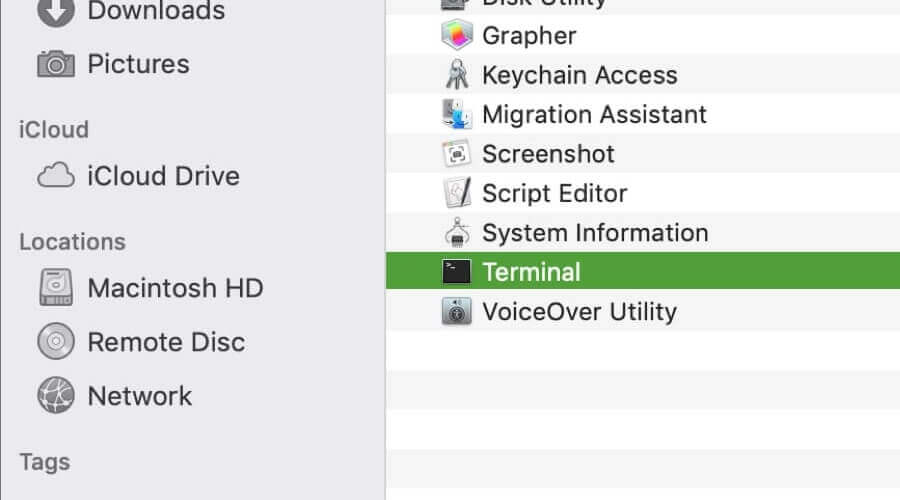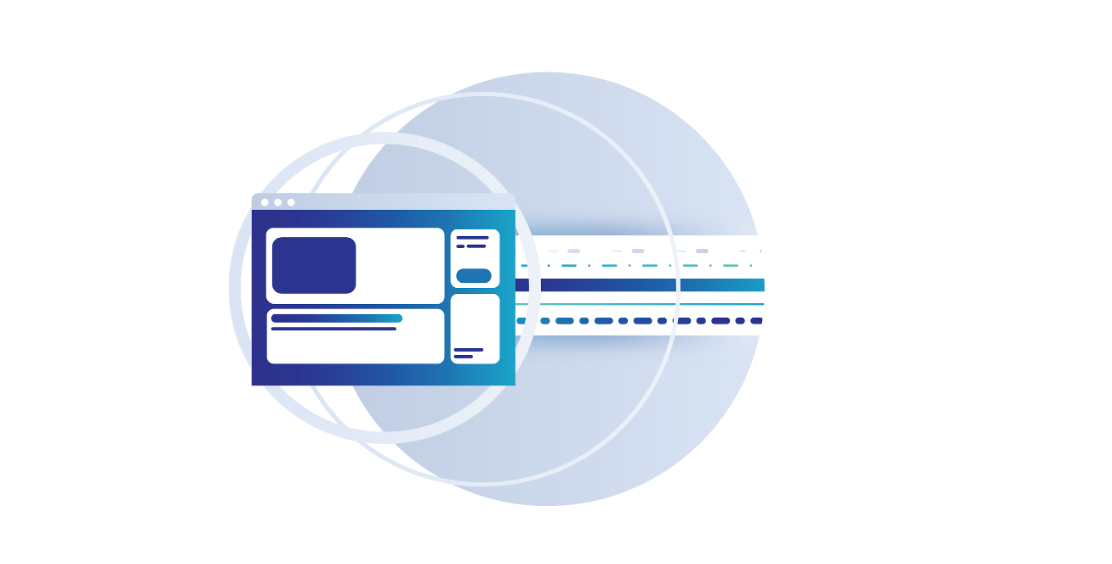

- #MAC OS X ENCRYPTION STUCK AT 67% UPDATE#
- #MAC OS X ENCRYPTION STUCK AT 67% SOFTWARE#
- #MAC OS X ENCRYPTION STUCK AT 67% PASSWORD#
- #MAC OS X ENCRYPTION STUCK AT 67% FREE#
#MAC OS X ENCRYPTION STUCK AT 67% PASSWORD#
Just enterHave not yet gotten a chance to look into why this works, but it seems to solve the problem for the time being.įollowing these steps should help ensure you can connect to your Mac from a Windows machine. One workaround is to click the “Pause” button (double red bar) in the active Viewer before closing the connection. Oftentimes after closing the viewer, the Mac would freeze yet again, requiring a reset.The other options appeared to work, but seemed to cause some minor freeze-ups on the Mac.


Step 1 – Go to your System Preferences and under the Internet and Wireless heading, click on Sharing. Screen Sharing is what the “average” VNC user may need, while the latter is helpful if you need more permissions and control over the host machine. The two options are either Screen Sharing or Remote Management. I am running 10.7.5 (Lion), so your steps may vary slightly.įirstly, you need to allow VNC connections. Here are some of the tweaks I had to make to ensure I could connect without issues. However, when connecting from a Windows machine (particularly when running TightVNC as the viewer), I found I had to configure a few extra settings to make it work without constant freezes on my Mac, forcing me to hard reset.
#MAC OS X ENCRYPTION STUCK AT 67% FREE#
Now you can follow these tips to free up enough space for the macOS update.
#MAC OS X ENCRYPTION STUCK AT 67% UPDATE#
It should boot up normally, breaking you out of the macOS update loop. Click Restart and wait for your Mac to reboot. This feature is included in a couple of the “Sharing” options and can be accessed with a regular VNC viewer/client. Go to > Startup Disk and select your Mac’s hard drive, which is usually called ‘Macintosh HD.’.
#MAC OS X ENCRYPTION STUCK AT 67% SOFTWARE#
You will enter your login password, it will hang for a few moments then proceed to going back to the software update.A little-known fact about Mac versions 10.4 (Tiger) and over, is that they come with a built-in VNC server. This folder can be created by typing into the terminal:ĭitto "/Volumes//Library/Extensions" "/Volumes//"Īs by removing (but first backing up) kernal extensions, you can use the Mac again. Open terminal in recovery and type ditto "/Volumes//users/" "/Volumes//", replacing & with the names of them in the disk utility, with the name of your user folder, and with the name of a folder that exists on the external disk. You need to mount the hard disk and the data hard disk in disk utility from recovery mode.


 0 kommentar(er)
0 kommentar(er)
